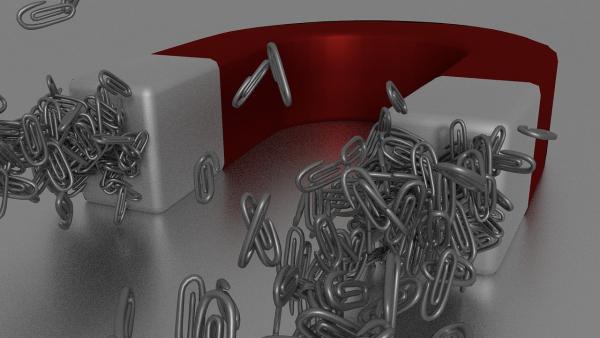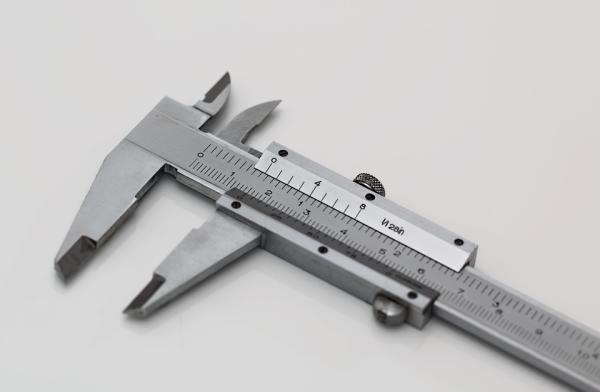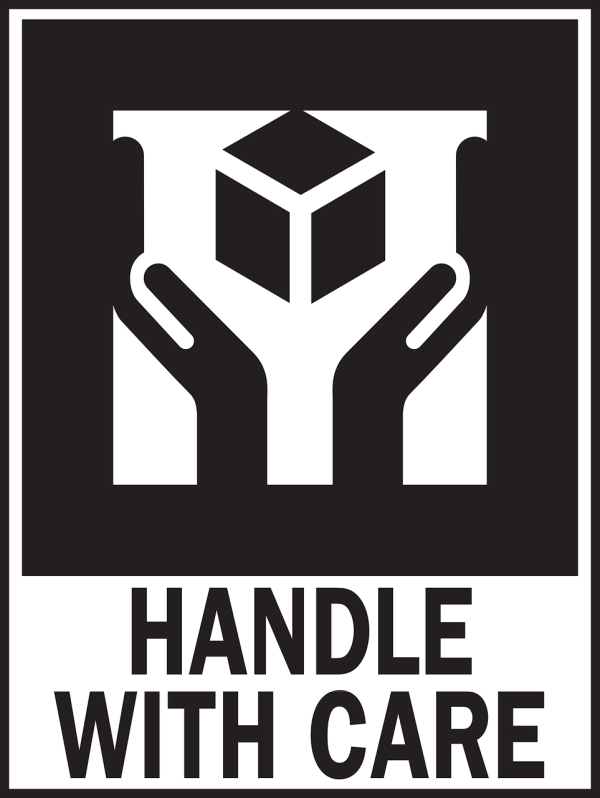Magnet Facts
-
Magnetic Levitation is the Force Behind the Lexus SLIDE Hoverboard
Thanks to science fiction novels and movies like Back to the Future Part II, hoverboards have long been a symbol for some distant and unknowable future. However, according to Wired, “for all the anguish and anticipation around making hoverboards real, they have existed for some time.” Continue reading → -
Getting Sky High with Super-Conducting Magnets
Chances are you’ve been on a plane to travel to a work conference, vacation, or holiday event. It’s quick, relatively easy, and has the potential for less stress during travel (think about it--there’s no road rage in the sky)! But do you know the environmental impact of flying? When jet fuel is burned, carbon bonds with oxygen and forms carbon dioxide. This carbon emission makes up more than 80 percent of the greenhouse gases emitted in the United States Continue reading → -
Magnets in Electronics
We use our state-of-the-art cell phones, tablets and televisions on a regular basis, but it’s easy to forget about the parts inside that make them work so well and allows them to be a fixture in our lives. As it turns out, a lot of the electronics we use every day rely on magnets to function at their fullest capability. We’ll show you how. Continue reading → -
Exploring the Shelf Life of Your Magnets: Demagnetization, Packaging, and Storage
Almost everything has a shelf life. Certainly most food products at the grocery store will “go bad” if you don’t eat them before a certain date, but other products—including electronics, furniture, and even magnets—will weaken, become unsafe, or lose their ability to function as intended if not stored in a standardized setting or used within a certain number of years. If you want to limit damage to your magnets and prolong their shelf life, consider the following factors: net magnetic field strength, proper packaging, and safe storage. Continue reading → -
How Magnetism is Used for Industrial Ceramic Filtering
Traditional ceramics, or materials derived from naturally occurring clay minerals and quartz sand, are “almost as old as the human race.” Industrial ceramics, on the other hand, are inorganic, nonmetallic materials, “that exhibit such useful properties as high strength and hardness, high melting temperatures, chemical inertness, and low thermal and electrical conductivity but that also display brittleness and sensitivity to... -
Compasses: The World’s Earliest Magnetic Invention
We often discuss the way modern technology relies on the power of magnets, but in truth, society’s reliance on magnets started a long time ago – roughly 2,000 years in the past. One of history’s most significant magnetic inventions, and possibly its first, the compass is believed to have been used for fortune-telling and divination in ancient China. Sometime between the 11th and 12th century though, the compass became a navigational tool. It changed the way we travel and allowed us to, quite literally, orient ourselves. For the first time, we could consider our position in the world in relation to others and navigate the real possibility of getting from here to there. Continue reading → -
Super-magnets: What They Are and How to Build Them
Did you know there are magnets over 2,000 times stronger than the ones currently on your refrigerator? It's certainly a crazy concept, but the invention of SuperConductor (LTS) magnet technology in combination with advancements in high-temperature superconducting materials has exponentially increased the power of magnets today. After intense engineering efforts over the last decade, a new super-magnet is expected to be ready by December 2019 that will help scientists break new ground in studies of nuclear magnetic resonance, electron magnetic resonance, molecular solids and quantum oscillation studies of complex metals. Continue reading → -
Magnet Safety and First-Aid Assistance
If you’re in an industry that utilizes magnets to improve operations, you have likely experienced the painful pinch of a finger stuck between two magnets. However, there are other potential dangers apart from cuts and blisters. Injuries can range from minor damage to something more significant like a broken bone or bad burn. Regardless of whether your role is hands-on... -
Magnet Dimensional Tolerances: What to Watch for
As a purchasing manager, your facility and products must meet specific requirements. One such requirement is reliable tools and components — in this case, magnets. Whether you need to hang something from the ceiling or sew a magnetic clasp into a shirt, any magnet you use must fall into a permissible range of dimensions (depending on the shape, grade, and material). Continue reading → -
Tiny Magnets: What are They Good for?
Most of the magnets we encounter on a regular basis –– like the ones on our kitchen refrigerators and office whiteboards –– are extremely manageable and easy to use. They fit comfortably in our hands and typically don’t have enough strength to cause injury. However, there are even smaller magnets available with more power than you might think. While their size and strength might make them more complicated to handle, they are invaluable for certain applications. Continue reading →










